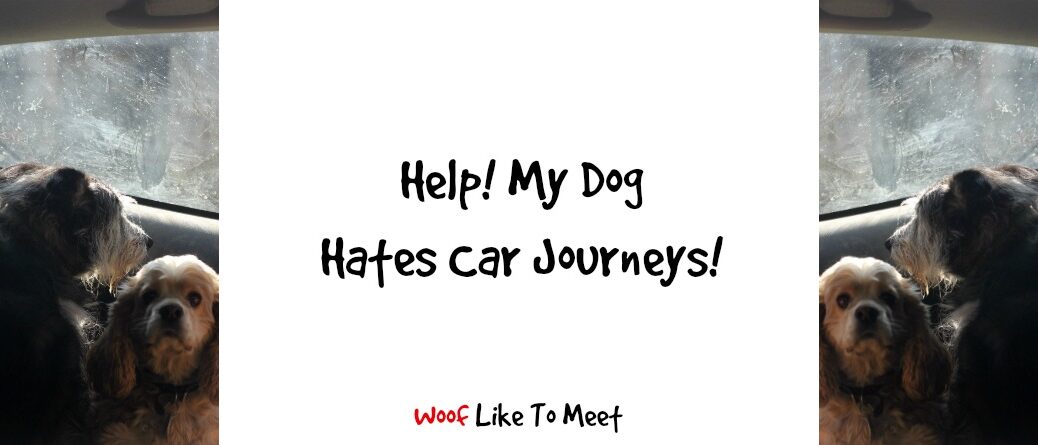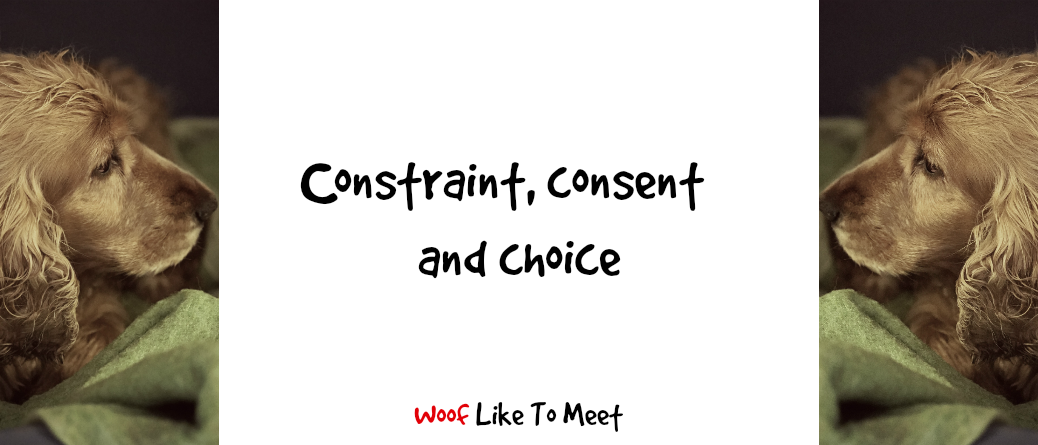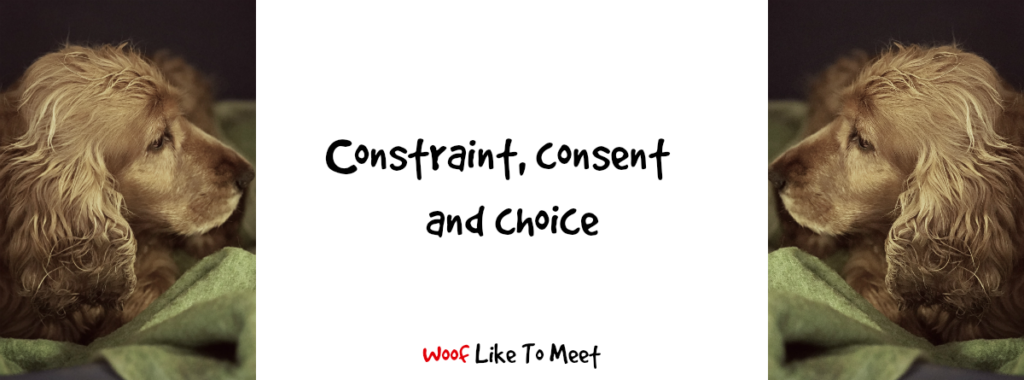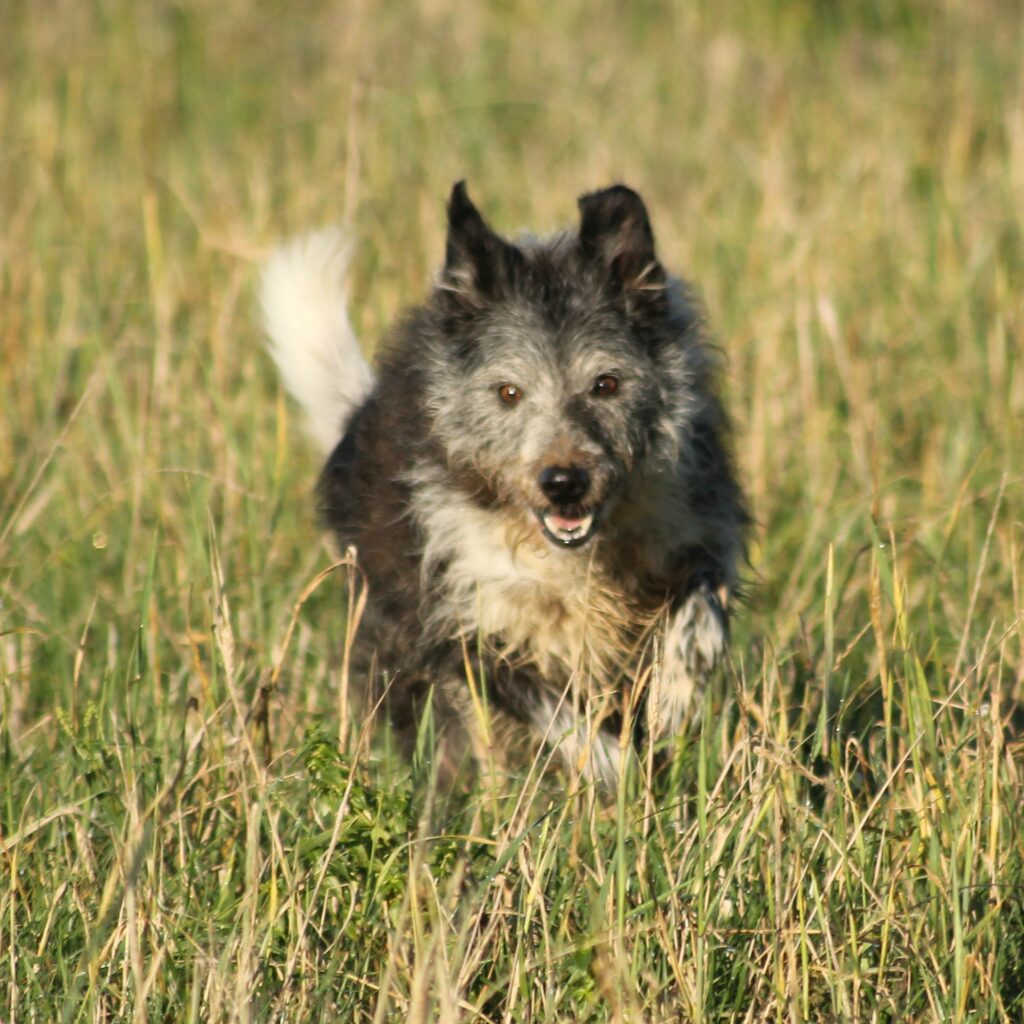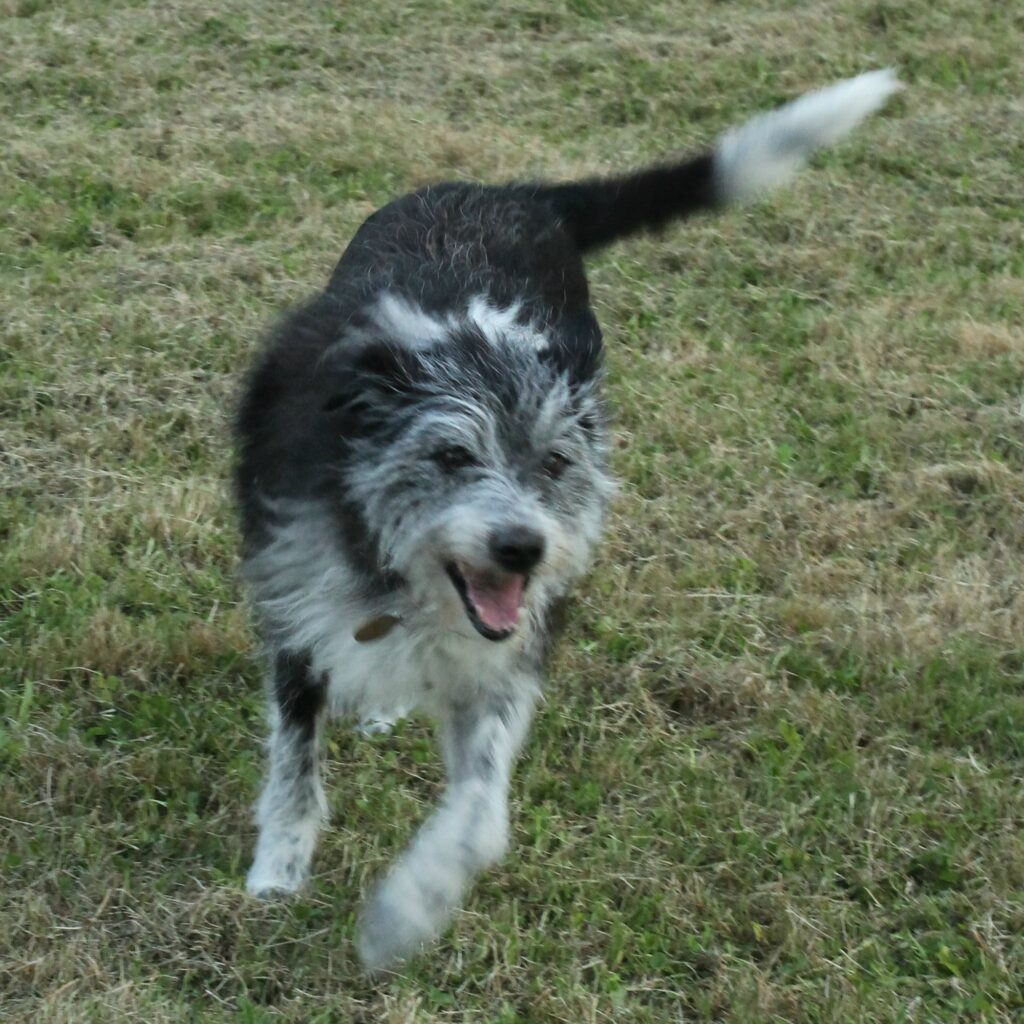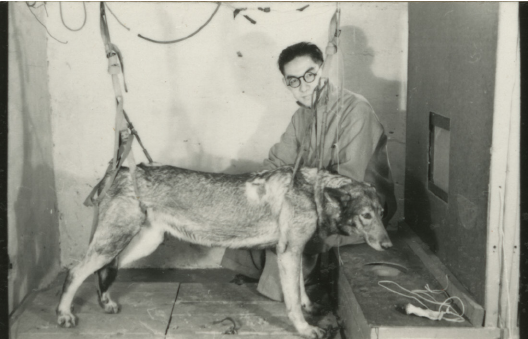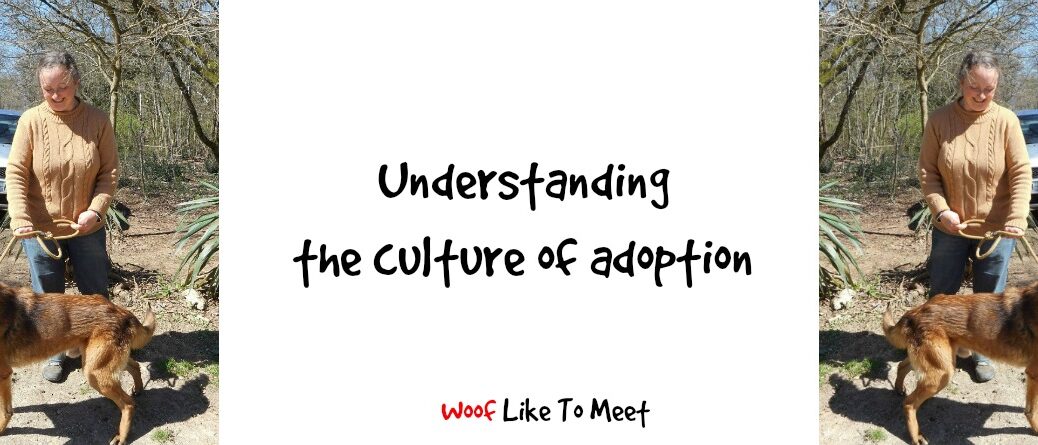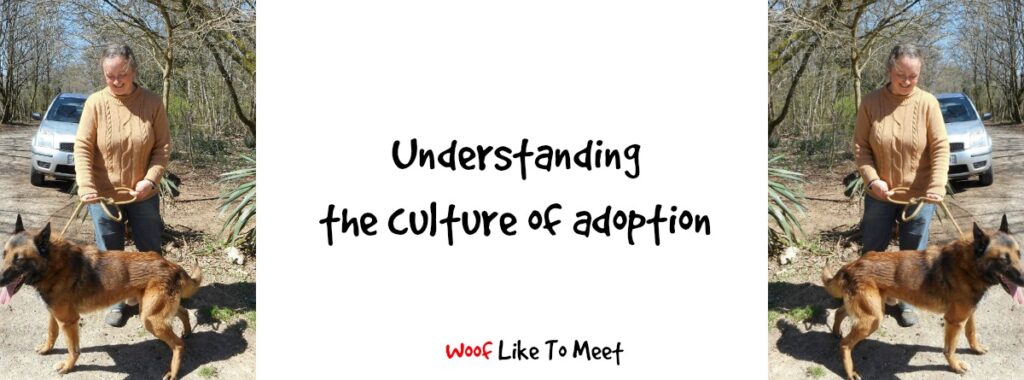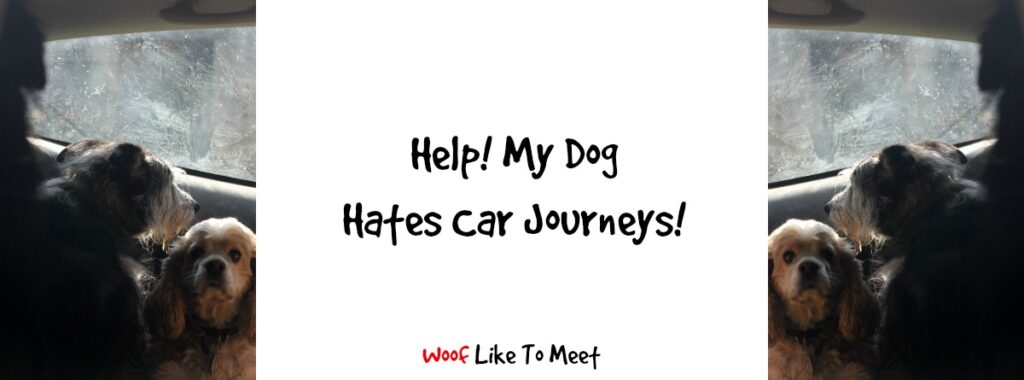
Many dogs do not like being in the car.
Whether that is because it has been paired with negative emotional experiences like feeling trapped or confined, whether it has been paired with negative physical experiences like feeling sick or being forced into a car, or whether it has been paired up with an event the dog finds unpleasant like going to a vet or groomer, there are many reasons a dog may quickly learn that cars are unpleasant. Some dogs, on the flip side, are hugely over-aroused on car journeys and need to find a little calm.
Dogs need to have learned from a young age how to find cars pleasurable and have been gradually habituated to long journeys. Sadly for many puppies, their first experience of a journey is traumatic, as they leave their canine family, embark on their first long drive and may experience car sickness. This can set up a pattern for the rest of their life if you don’t address it quickly. On the other hand, dogs who arrive with us as an adult may already have learned that car journeys are unpleasant or exciting and we may find ourselves needing to remedy this.
If your dog experiences car sickness, please also consult your veterinarian. You will need both medication and to have followed a programme to help your dog overcome their anxiety. If your dog has high levels of generalised anxiety, you may also need to work with a veterinarian and/or behaviourist. Be mindful that some issues like stomach problems, arthritis, joint dysplasia or inner ear problems can also make journeys very unpleasant for your dog. A sound bill of health might not be necessary or even possible, but it’s worthwhile considering how a dog’s physical health may impact on their experience of journeys.
There are five essential steps to changing your dog’s behaviour around cars.
The first is recognising canine body language that is indicative of stress. Remember, aggression, freezing and fear are not the only ways we respond to stress (the fight, flight or freeze responses) and dogs may also react by “fooling around”, seeming more giddy, more exuberant or more silly than normal.
Understanding lip licks, head turns and posture will help, alongside other things such as their ear position and tail position.
For instance, here is one dog showing she’s nervous about a stranger with a camera:
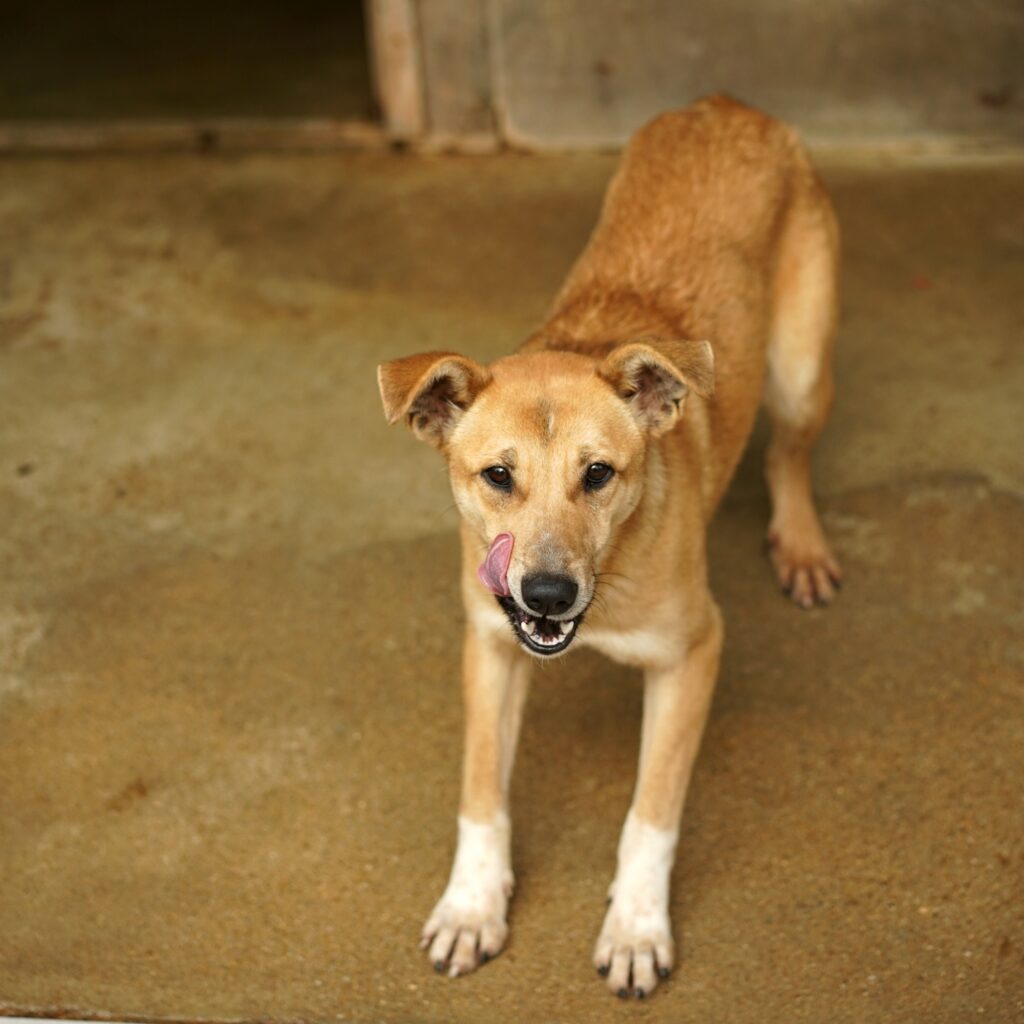
Can you see the bow, the lip lick, the hard eyes? There are all low-level signs that this dog feels fearful around me. She won’t take her eyes off me.
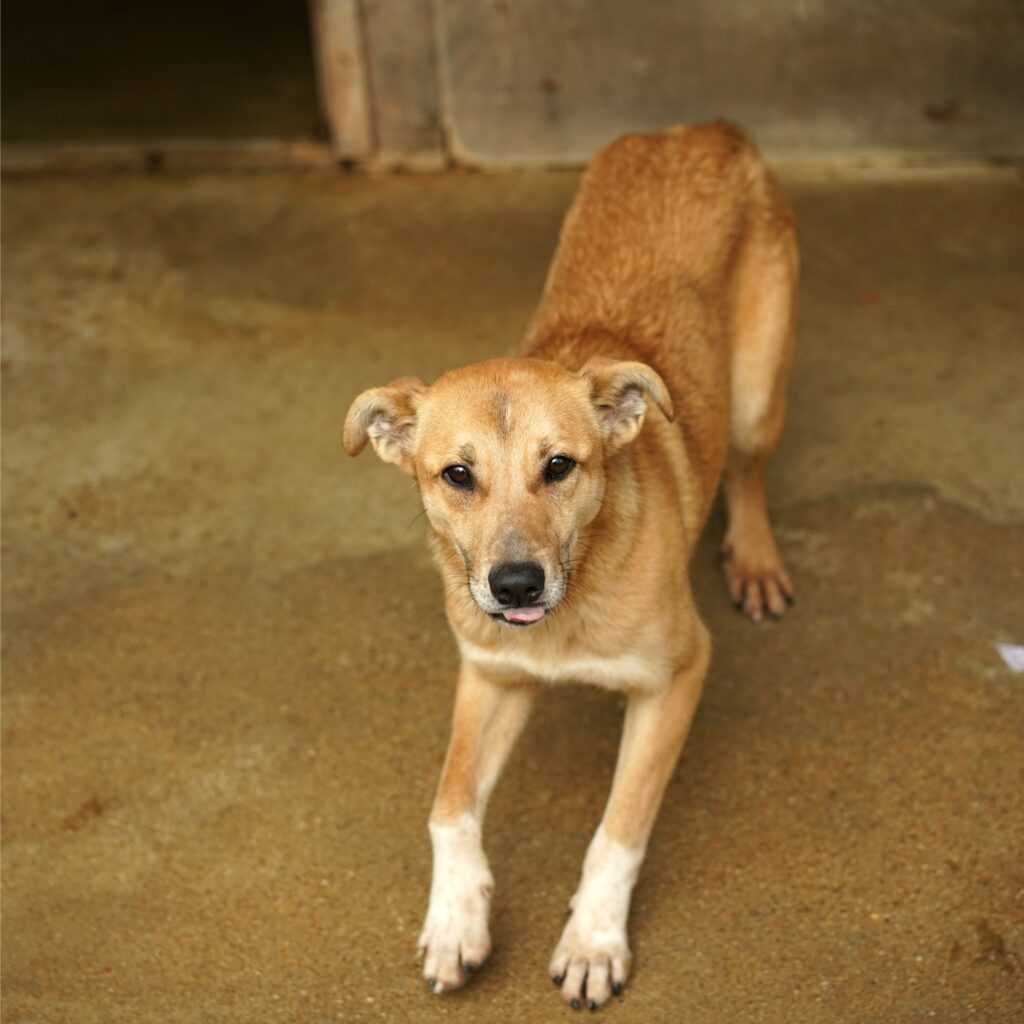
Here you can see that tiny little tongue, the paw lift and a quite still position as she tries to work me out. Still those eyes are on me!
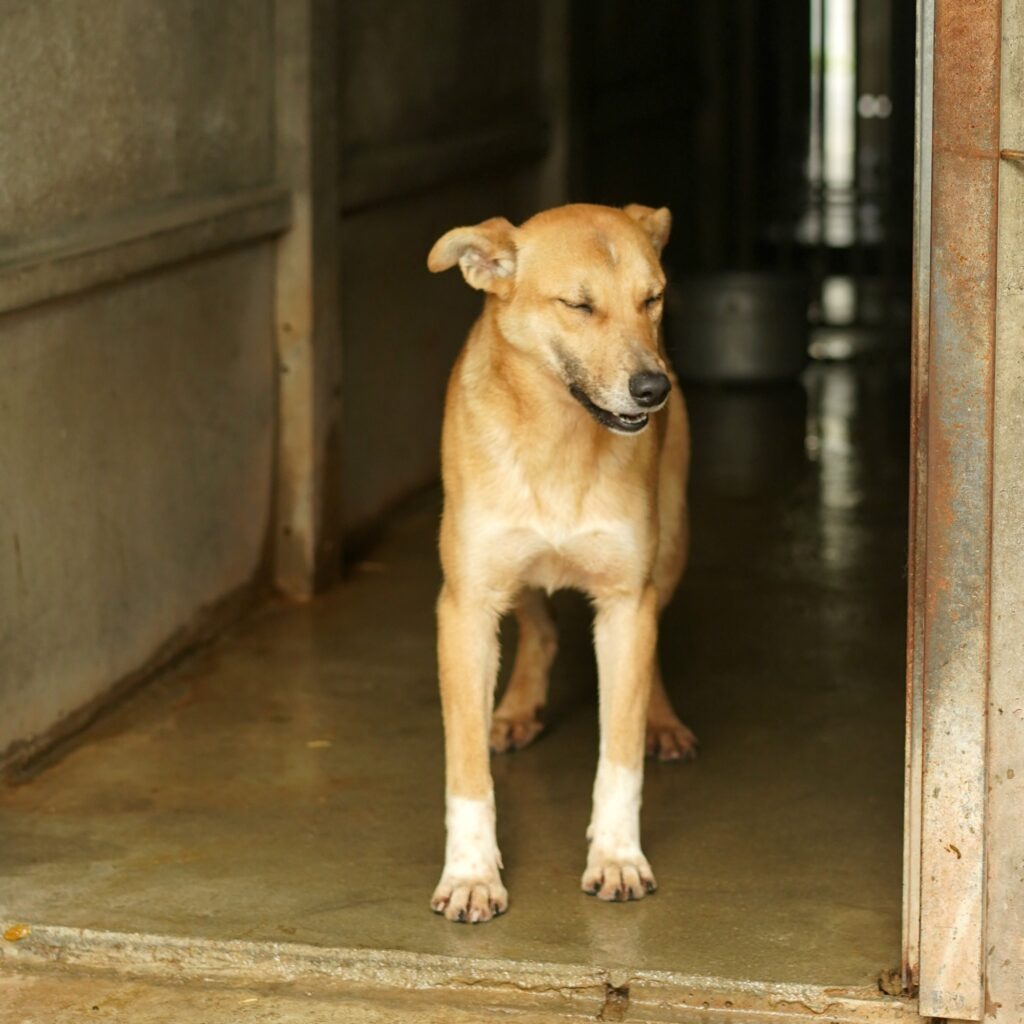
Here we’ve got “joke face” – what looks like a smile, but is an appeasement gesture, the physical backing away as she has moved back into the kennel, the slight head turn and the long, slow blinks.
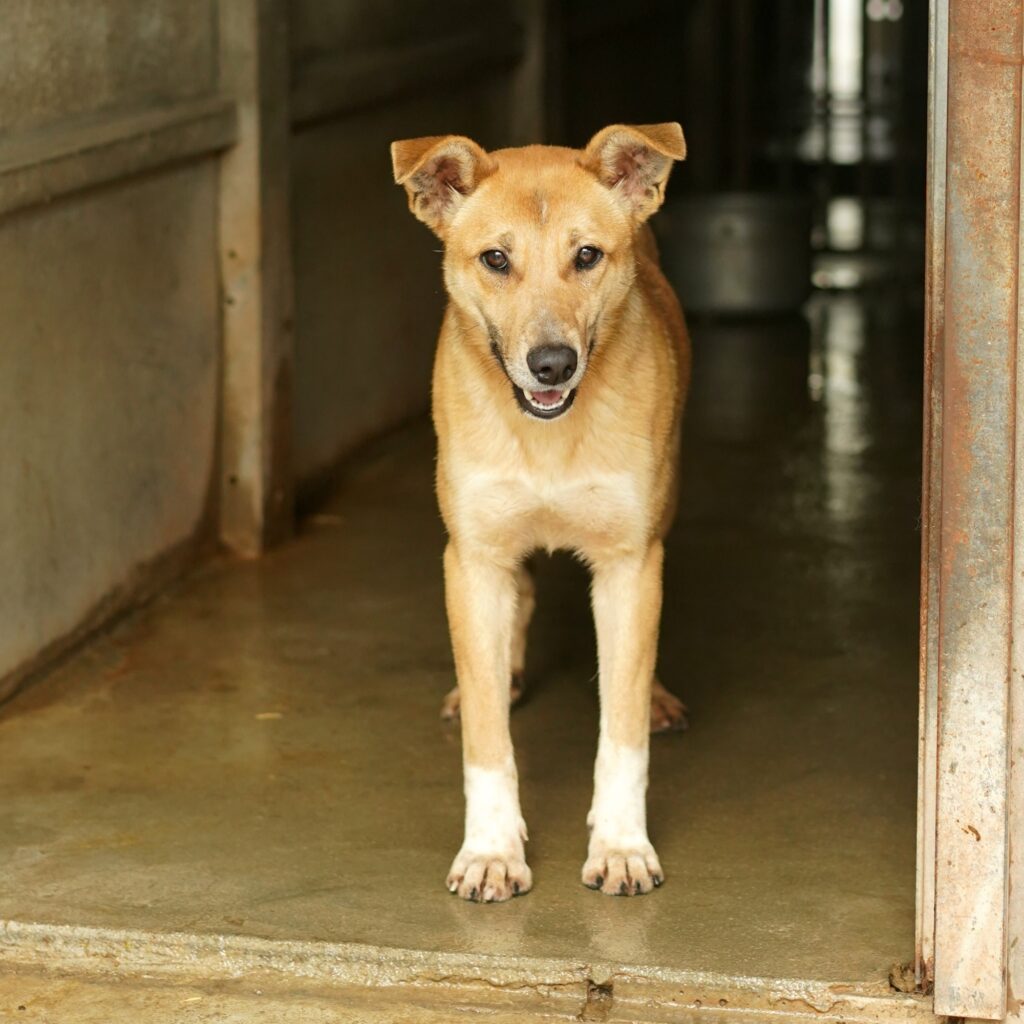
Looks kind of friendly, but she’s panting and it’s cold, she still has those hard eyes and her ears pricked as she tries to suss me out.

And here, the spread body posture, as she moves out of her literal, physical comfort zone to get a treat, but a little worried brow, a bit of white from her eye, her back legs ready to retreat, her posture low as she comes forward but ready to flee if necessary.
These (and more!) are all signs of ambivalent feelings, fearfulness and appeasement as she tries to make sense of me. You’ll notice some of these around your dog and cars, for sure. They’re tell-tale signs that a dog feels uncomfortable when taken in context, and can tell you that you are pushing your dog a little too far.
Once you’ve understood some of the common body language dogs exhibit to show low levels of ambivalence, anxiety or fear, you should be ready then to check them out with your own dog. What you will need is a partner (or a camera on a stand) to video you and your dog as you approach your car on lead with the door open where you usually put your dog. That might be the rear doors or the back hatch. You don’t need to get in. In fact, you won’t need to get in. If you’re safe, by the way, and your dog is behind closed gates, you can always do this off-lead. Doing so will enable you much more clearly to see how your dog feels about getting in the car. You’ll see exactly where they freeze, exactly where they feel nervous.
The best way to do this would be to go through your usual routine that you’d go through before getting in the car. The open door says very clearly that it is your intention to get in.
The video will enable you to see the distances you’ll be best to work at. This should be long before your dog freezes or starts showing changes in the body language. You can also play it in slow motion and pull stills from it to see all those tiny behaviours you can look for, such as turning their head away or licking lips, or yawning.
What you then have is your own dog’s behaviour profile.
When you can see what your dog is doing and at what distance, you are then ready to start the third step: goal-setting. As with all behaviours, this didn’t start in a second and it won’t be over with a quick fix. So start with a 3 or 6 month goal. Make sure it is realistic. Turning your dog into a dream in the car won’t happen overnight, and neither should you expect your dog to be able to go for a 2 hour car drive if they can’t currently even get in the car.
A realistic 6 month goal for a dog like that might be to go for a 10-minute drive without frequent stress signals.
What you then do is plan back. What does that look like at 5 months? At 4 months? At 3? At 1? At 2 weeks? At 1?
Make yourself a back-planned list of weekly goals. At five months, I might want them to go for a 2 minute drive (remember that it gets easier to do longer durations as you work towards the end of the plan. At four months, I might want them to manage a 20-second drive. At three months, I might expect them to show no stress signals when the engine is turned on and the car rolls 5m forwards. At two months, I might want to see no stress signals between them getting in the car and me getting in. At one month, I might want to see few stress signals and them choosing to get in the car themselves. At a week, I might want to see few stress signals around a car with an open door from 20m away.
That may sound ridiculously slow, but it depends on your dog. Other dogs might do this in 3 months, working up to a journey of an hour by 6 months.
Break down the component parts as well:
Going near the car on their own
Getting in the car on their own
Getting out of the car on their own
Sitting in the car whilst you get in the driver’s seat.
Sitting alone in the car
Settling as you clip them in.
Settling as you close the door.
Settling whilst you turn the ignition.
Settled as the car idles.
Settled as the car rolls in 1st gear.
Settled as you change gears.
Settled on straight roads.
Settled on turns.
Settled on bendy roads.
Settled at high speeds.
Settled on bendy, hilly roads.
Settle over bumpy terrain.
Those are just some examples. Most of the time, people know the idea of gradual exposure in small doses, they just have never thought small enough or gradual enough. When you make small, graded, incremental changes at your dog’s pace, you’ll see success. The only thing I ever seem to do with clients is show them how to go more slowly and simply. And when they commit to doing so, they are always successful. The joys of a 100% successful training programme!
In the meantime, you’ll need to suspend all car journeys, I’m afraid. Exposure therapies fail if you suddenly are forced to deal with your fears. For instance, I hate heights as I have vertigo. Gradually getting used to looking out of differently-sized windows over different floors is wonderful, working up to plate-glass walls at the 60th floor, or glass floors etc. What is not fine is if I’m still working around looking out of a small window on the third floor and then you zoom me up to the top of the Burj al Arab. It will destroy my trust in you and send me straight back to the beginning.
The tough thing is that sometimes this is inevitable. Like you’d been working up to a 25-minute drive to the vet’s for the anniversary of your dog’s vaccinations in 6 months’ time, and suddenly your dog rips a dewclaw and needs to go now. If you’re still working at getting in and out of the car, you’ll need to take that on the chin. The good thing is that it rarely takes as long to re-cover the steps that you’ve made as long as you go back to basics again.
But if you interrupt every single gradual stage with a 90-minute car journey through busy, winding lanes, then you’ll not make any progress.
Once you have your weekly goal, break it down backwards into daily tasks. If Week 1’s goal is to feel comfortable 5m from a car with open doors, then Day 6 will be to feel comfortable 10m from a car with open doors. Day 5, 20m away. Day 4 20m away with closed doors. Day 3 20m away with closed doors for 1 minute. Day 2 20m away with closed doors for 30 seconds. Day 1 20m away with closed doors for 15 seconds.
You can then use things your dog finds reinforcing to meet those distance and duration goals. For instance, I could set out our massage rugs and do a brief bit of massage. I could use a game and get gradually closer to the car for longer periods. For me, it’s a no-brainer… it’s food! So I’ll be using scatter feeding, snuffle mats, licki-mats, kongs and so on.
I’ll also be starting to teach behaviours to help dogs choose to get in the car themselves. That may be walking on a ramp. It may be hopping up into my arms so I can lift them if they’re small. It may be learning to hop up onto a bench couch. What I absolutely do not want to do is force, grab, lift or coerce the dog. Now, with an old or invalid big dog, I may need to get them used to me grabbing their front end or back end to hoist them. I have to do this with Flika from time to time. That means I’ll need to get dogs like this used to being helped up and into things. Ideally, though, your aim is that your dog should always get in and out unaided. A dog that makes a choice is a dog who is consenting.
The fifth thing you’ll need to consider is your dog’s general levels of anxiety. If your dog is anxious in many aspect of life, you’ll need to work on bringing those levels down beforehand. That might be with trust-building work, with relationship work, with work on concepts like optimism and confidence, or with changes in diet and handling. Supplements may also help.
For those of you who want further guidance, I’ve written this more detailed mini-book to help you understand the small step-by-step approaches to success, explaining in more detail about how to plan a gradual and systematic programme to help your dog cope better in the car.
Next week: Knowing better and doing better

